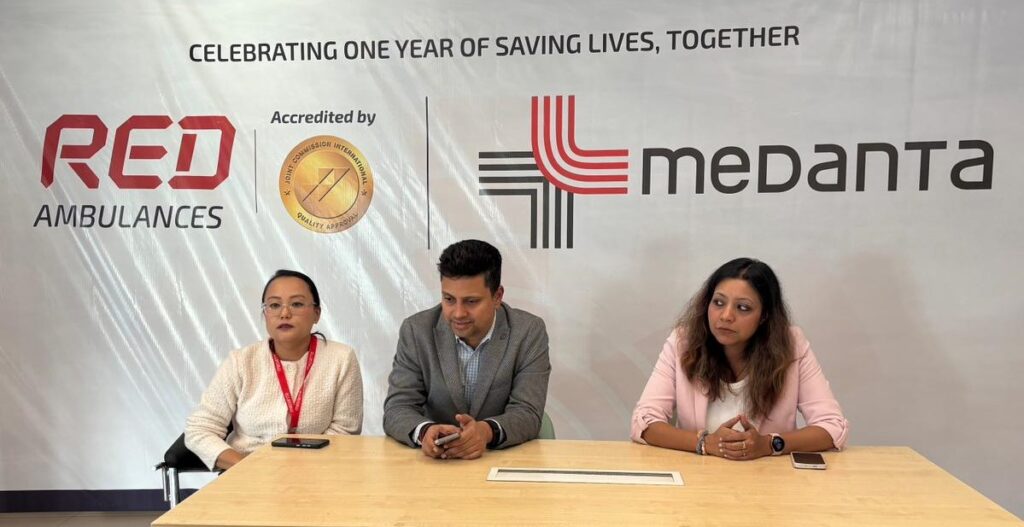Lucknow’s Smart City Vision Depends on the Right Video Analytics Hard Drives Behind Every Camera
Lucknow is rapidly establishing itself as one of India’s premier technology and data center hubs in India, riding the wave of the country’s explosive growth in data infrastructure. With India’s data center capacity is projected to reach 2,070 megawatt by the end of 2025(source)emerging digital cities like Lucknow are gaining traction as preferred destinations for new data centers investments, propelled by regional data sphere growth and cost-efficiency advantages. This positions Pune as a vital node in India’s expanding digital ecosystem, especially as it continues to attract both domestic and global technology players.
Lucknow expanding digital presence is complemented by thoughtful enhancements in city infrastructure, including the integration of smart video analytics systems. As part of its smart city vision, the city is adopting innovative AI-driven cameras and video analytics in public areas, transportation hubs, and essential service zones, with the goal of improving everyday safety, efficiency, and public services for residents and visitors alike.
Yet, amid the focus on intelligent monitoring and real-time analytics, one critical enabler is often overlooked: the indispensable role of hard drives in ensuring the reliability and effectiveness of these systems.
Smart City is Data-Heavy and Data Needs Storage
From traffic enforcement and waste monitoring to crowd monitoring and emergency response, modern video and analytics systems rely on vast volumes of video data. High-definition cameras, insight analytics and real-time alerts are becoming foundational to urban governance. However, this digital intelligence comes with heavy demands on storage infrastructure.
A single 1080p camera can generate up to 35GB of data daily, totalling over 13TB annually. A 4K camera can increase storage needs by up to 280% and extrapolating to 8K, storage demand could exceed 40 TB/year per camera, depending on configuration and retention policies.
Multiplied across a city-wide network of hundreds of cameras, the data generated becomes both massive and mission critical. This isn’t just footage; it’s valuable information that helps city planners and community leaders enhance public spaces, improve services, and respond more effectively to everyday challenges.
As these data needs escalate, scalable, secure and AI-ready storage becomes central to operational success.
Why Reliability and Durability Matter
In a video and analytics environment, hard drives do far more than simply store data, they operate continuously, 24/7, writing large volumes without pause. Unlike consumer-grade hard drives designed for intermittent usage, hard drives for this environment are engineered for constant high-write workloads and optimized for performance even under stress.
In dynamic and fast-growing cities like Pune, where factors such as high humidity, heatand energy consumption present unique challenges, video and analytics hard drives are built to perform reliably and preserve data integrity. This ensures seamless, uninterrupted operation in real-world conditions, a crucial foundation for any smart city safety and operational success. As the city scales its smart city infrastructure, the demands on storage systems will only grow. From AI-powered traffic systems and crowd analytics to urban safety and environmental monitoring, the ability to store, access and analyze video data quickly and reliably becomes a non-negotiable foundation for smart city success.
Hard drives must deliver more than just capacity, they must ensure reliability, consistency and resilience in a city-wide ecosystem. Choosing the wrong storage infrastructure today could lead to costly system failures tomorrow.
A Call to Action for Smart City Stakeholders
As Lucknow positions itself as one of India’s premier technology and data center hubs India, the emphasis must shift towards treating hard drives as strategic assets. Decision-makers, system integrators and public agencies must prioritize storage infrastructure that scale with future data growth. These are not just technical specifications, they are long-term investments in operational continuity, public trust and urban resilience.





